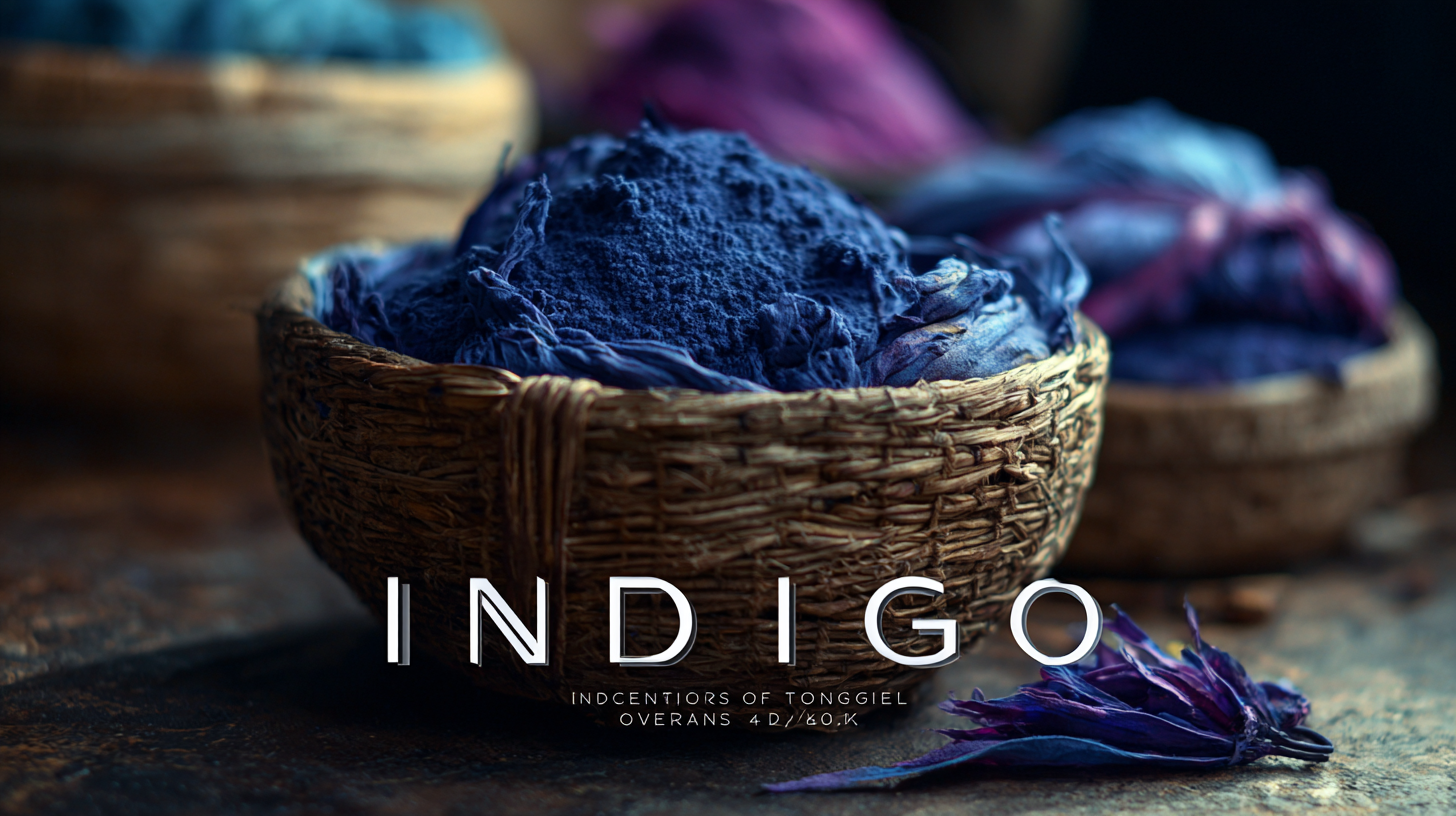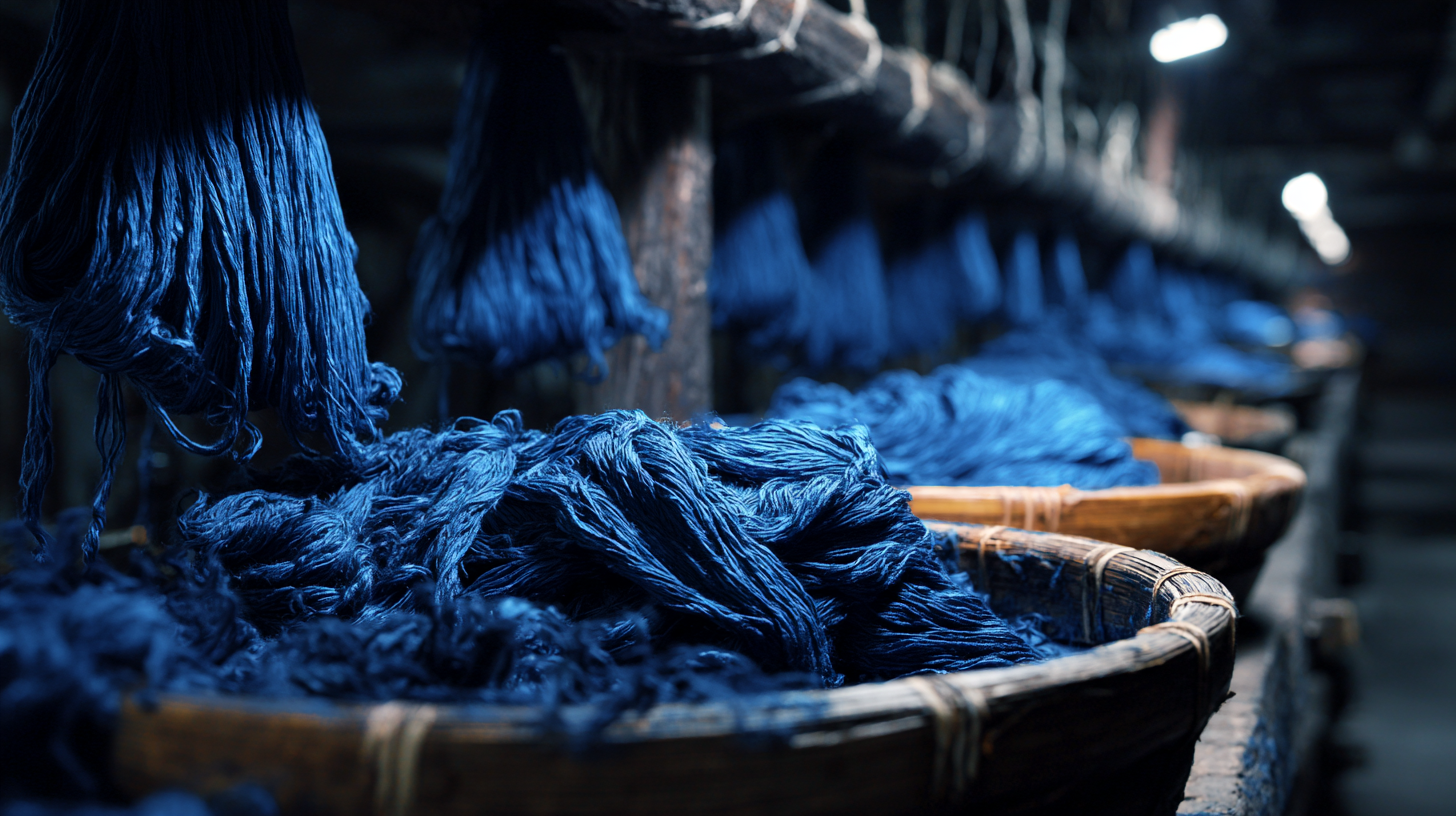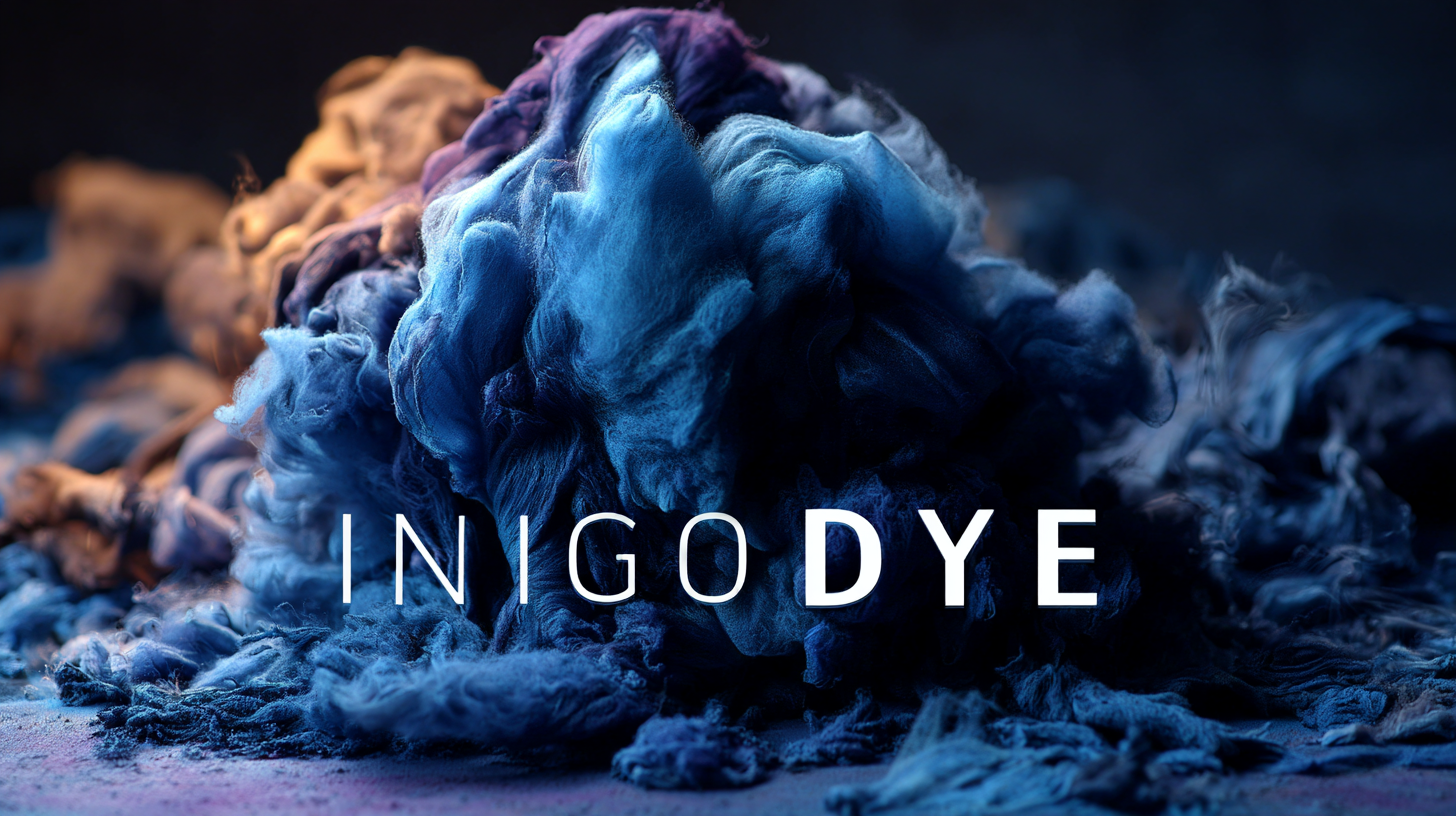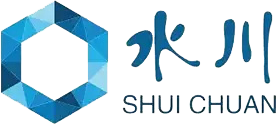The global indigo dye market is on the verge of transformation as emerging technologies reshape production methods and sustainability practices. According to a recent report by Allied Market Research, the indigo dye market is projected to reach $4.9 billion by 2025, driven by growing demand in the textile and fashion industries. As consumers increasingly prioritize eco-friendly and ethically sourced materials, innovative techniques such as biotechnological processes and sustainable sourcing are becoming paramount in the indigo dye production landscape. For global buyers and stakeholders, understanding the intricacies of international import and export certifications will be crucial in navigating this evolving market. This blog will delve into the latest advancements in indigo dye production, offering valuable insights and practical guidance for buyers seeking to adapt to these changes while ensuring compliance with industry standards.

In the evolving landscape of indigo dye production, innovations in advanced dyeing techniques are set to transform the industry by 2025. A notable trend is the application of sustainable practices, exemplified by researchers successfully utilizing bacteria for indigo dye creation. This biotechnological approach not only reduces environmental impact but also diversifies the sources of indigo, appealing to eco-conscious buyers.
Moreover, advancements in dyeing processes are gaining momentum, particularly with the integration of water-saving technologies and natural ingredients. With mills focusing on resource-saving techniques, brands can achieve stunning effects while minimizing water consumption. For instance, some companies have implemented cleaning systems that enhance the aesthetic appeal of distressed denim while being mindful of sustainability.
**Tips for Global Buyers:**
1. Stay informed about new sustainable technologies that can reduce environmental footprints while ensuring high-quality dyeing methods.
2. When considering suppliers, prioritize those who are adopting innovative practices that enhance both efficiency and sustainability in indigo dye production.
3. Look for collaboration opportunities with companies that are exploring advanced techniques to elevate product offerings and meet the growing demand for eco-friendly textiles.
As global buyers increasingly prioritize
sustainability, the indigo dye production industry is undergoing significant transformations.
Emphasizing eco-friendly practices not only meets buyer expectations but also enhances the overall value chain.
Sustainable indigo production begins with responsible farming techniques that minimize the impact on the environment,
such as organic cultivation and crop rotation. By reducing synthetic chemical usage and promoting biodiversity,
producers can attract conscious consumers who are willing to pay a premium for ethical products.
Furthermore, innovative technologies are enabling more efficient and environmentally friendly methods in indigo processing.
Techniques such as water recycling, natural fermentation, and low-impact dyeing processes
are gaining traction among manufacturers. These advancements not only reduce waste and resource consumption but also resonate with
the narrative of sustainability that buyers are seeking.
As industries move toward greener practices, buyers can expect a rise in the availability of high-quality
indigo dyed fabrics that align with their ethical and environmental standards.
The manufacturing of indigo dye is undergoing a significant transformation, driven by digital innovations and a growing emphasis on sustainability. Recent advancements in dye technologies are not only enhancing efficiency but also drastically reducing the ecological footprint. For instance, modern methods that utilize fermentation to produce synthetic indigo are emerging; these processes consume significantly less water compared to traditional dyeing techniques, which typically use vast quantities in their production lines, contributing to the fashion industry's staggering annual water consumption of 79 trillion liters.
Moreover, innovations like waterless dyeing technologies are paving the way for a more sustainable denim industry. Companies are adopting new methodologies that minimize wastewater and eliminate harmful chemicals, thus aligning with global sustainability goals. As digital transformation reshapes denim manufacturing, buyers in 2025 should prioritize partnerships with vendors who leverage these technologies to reduce environmental impact and ensure compliance with increasingly stringent regulations.
Tips for Global Buyers:

The demand for indigo dye is poised for significant transformation in 2025, as the global market responds to shifting consumer preferences and economic conditions. According to a recent report by Mordor Intelligence, the global indigo market is expected to reach approximately $10 billion by 2025, growing at a CAGR of 5.6% from 2021. This growth is largely driven by the rising popularity of sustainable and natural dyes among eco-conscious consumers, who are increasingly seeking products that align with their values.
As the textile industry adapts to new sustainability regulations and pressures, the production of indigo using eco-friendly methods is gaining traction. Innovations in fermentation processes and organic farming techniques are leading to purer, more efficient dye production while minimizing environmental impact. A report from Technavio highlights that the use of fermentation-based indigo dye is projected to increase by over 25% by 2025, emphasizing the industry's shift towards greener alternatives. Global buyers must stay informed about these trends to make strategic sourcing decisions that cater to the growing market for ethically produced textiles.
| Market Segment | Estimated Demand (Metric Tons) | Growth Rate (%) | Key Application Areas | Technological Innovations |
|---|---|---|---|---|
| Textile Industry | 50,000 | 5.2 | Apparel, Home Textiles | Sustainable Dyeing Techniques |
| Cosmetics | 15,000 | 6.8 | Skin Care, Hair Products | Natural Colorants |
| Food Industry | 8,000 | 4.5 | Food Coloring | Organic Dyes |
| Pharmaceuticals | 3,000 | 7.0 | Drug Coloring Agents | Biocompatible Dyes |
| Agriculture | 5,000 | 3.2 | Plant Coatings | Eco-Friendly Fungicides |
As the indigo dye industry evolves rapidly, global buyers must remain agile and informed about advancements in technology that can impact their sourcing strategies. The emergence of innovative techniques both in natural and synthetic indigo production offers opportunities for enhanced sustainability and efficiency. Buyers who adapt to these advancements can leverage the benefits of higher-quality dyes, reduced environmental impact, and more competitive pricing.
Tip: Regularly engage with industry stakeholders and attend conferences focused on dye production technologies. Networking with suppliers who are on the cutting edge of innovation can provide valuable insights and help establish partnerships that align with sustainable practices.
Moreover, understanding the shifting market dynamics influenced by these technological developments can position buyers to make informed decisions. As consumer demand for eco-friendly products rises, incorporating modern indigo dye solutions can not only meet customer expectations but also enhance brand reputation.
Tip: Consider investing in training programs for your procurement team that focus on new indigo technologies and sustainability trends. This knowledge will equip them to evaluate suppliers more effectively and select partners committed to innovation and environmental stewardship.

